The John James Audobon Center at Mill Grove is a 175-acre Wildlife Sanctuary today and was the first American home and estate of the famous 19th-century artist and naturalist John James Audobon. This sanctuary is an ideal viewing place for bird watchers and nature-lovers of all types. Over 250 years after its construction, the property remains as untouched today as it was back then. Only a short from Valley Forge National Park and downtown Philadelphia, this unique haven for wildlife has conserved some of Pennsylvania’s most breath-taking natural beauty.
Our Montgomery County personal injury lawyers love to visit here when we feel like escaping into nature.
History
This home and sanctuary were originally built in 1762, and today it’s listed on the National Register of Historic Places. Audobon’s father bought the home in 1789, and in 1803 he sent his son to act as the supervisor for a nearby lead mine he’d invested in. This lead mine failed but the younger Audubon fell in love with the woods surrounding the property, which acted as inspiration for his earliest paintings of birds and wildlife in the region.
Between 1803 and 1806, Audubon channeled his love for the American landscape into his artwork and sketches of native wildlife. He also conducted the first bird-banding experiments in the United States at Mill Grove. In 1827, he began publishing his art in The Birds of America, which was a study of North American birds which at the time was unparalleled in its realism and detail.
Visiting The Sanctuary
Guided museum tours and nature walks are available throughout the week with reservations. The property’s centerpiece is a historic three-story stone farmhouse, which is an example of the typical architecture seen in American rural manor houses during the mid-18th-century. The home also acts as a museum, including displays of a large collection of original Audubon prints, oil paintings, and memorabilia.
About John James Audubon
John James Audubon was a Haitian-born American who immigrated to the United States in 1803, at the age of 18 years old after his father obtained a fraudulent passport. He took a special interest in American birds and made it his life’s mission to study them and illustrate his findings in a manner more realistic than his contemporary artists. This love for American birds led to the creation of his own nature museum, which features some of the most scientifically advanced bird exhibits of his era. His room in the home and museum was filled iwth bird eggs, stuffed racoons and opossums, fish, snakes, and other wildlife.

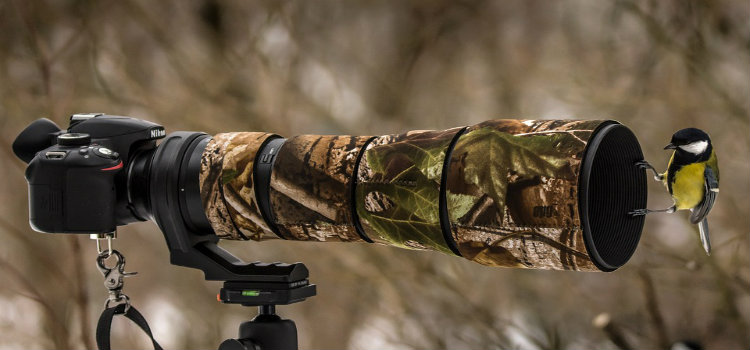
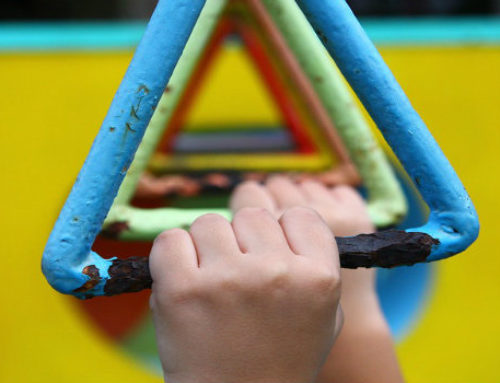

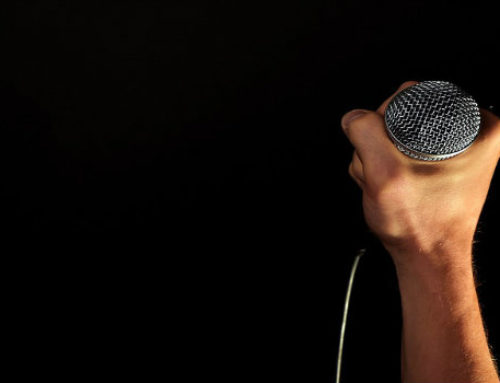
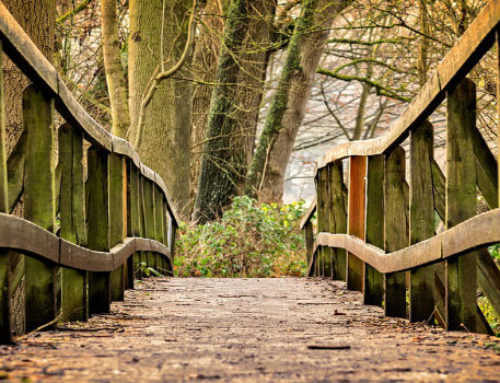
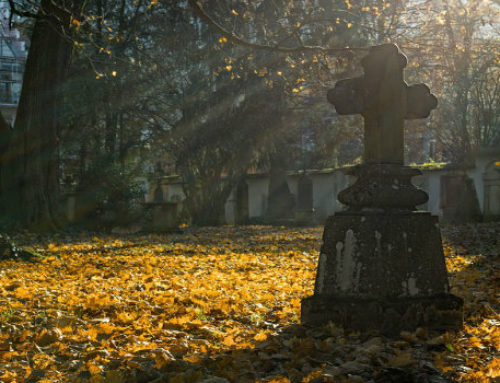
Leave A Comment